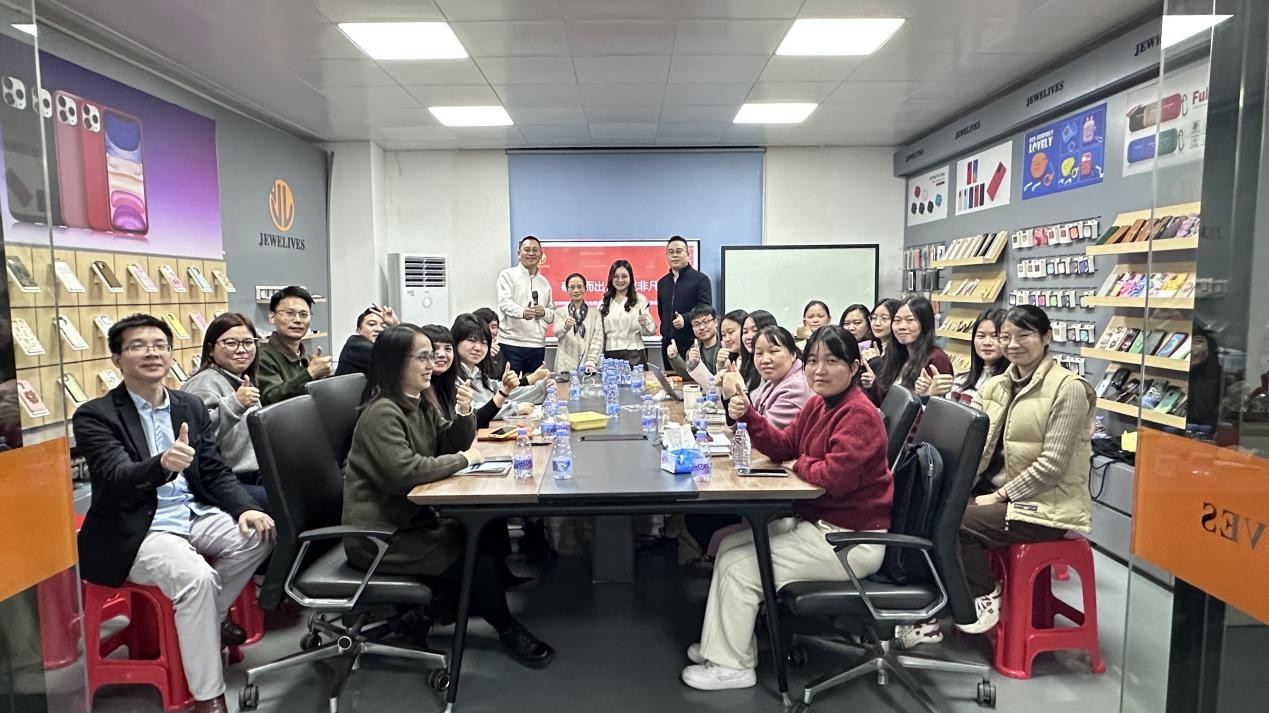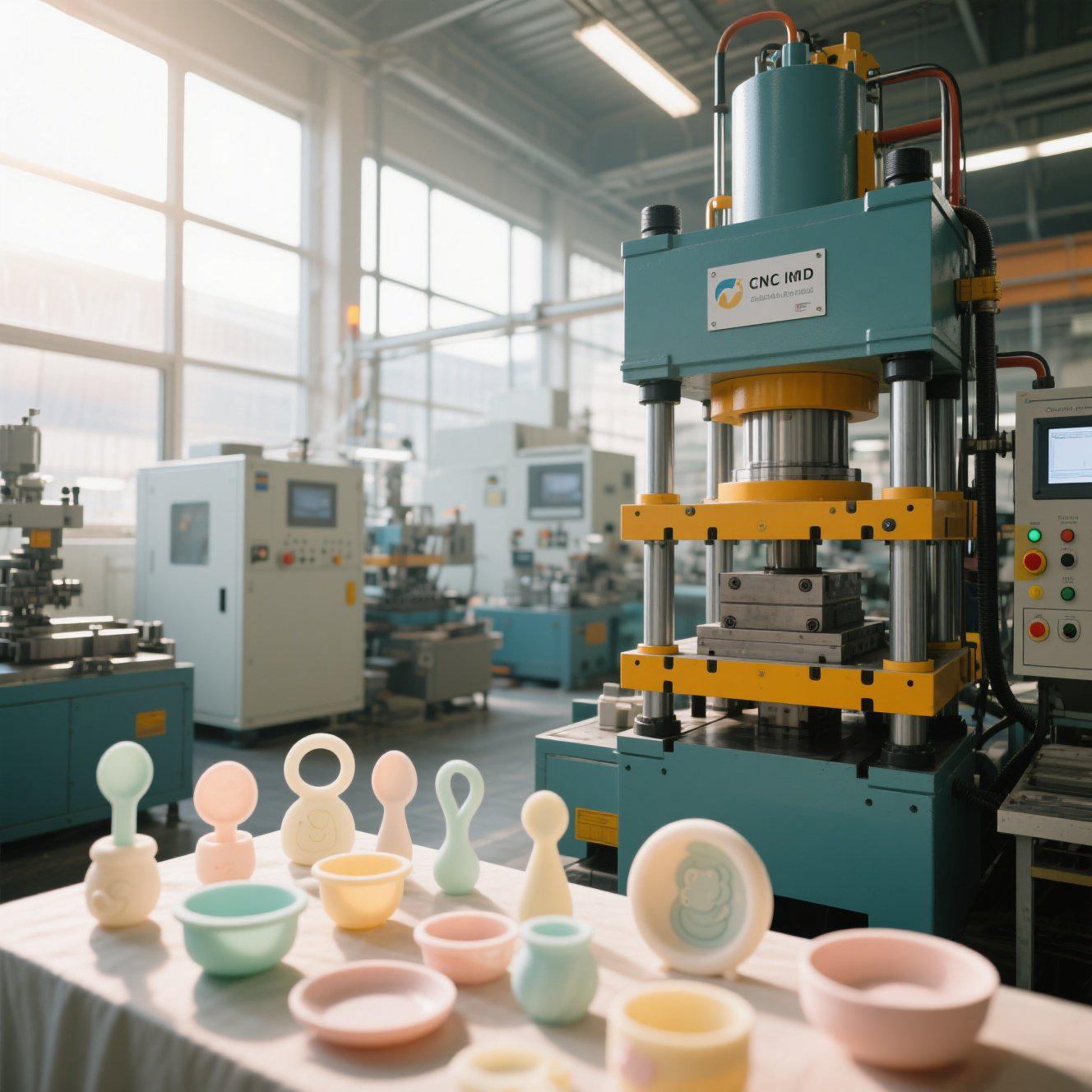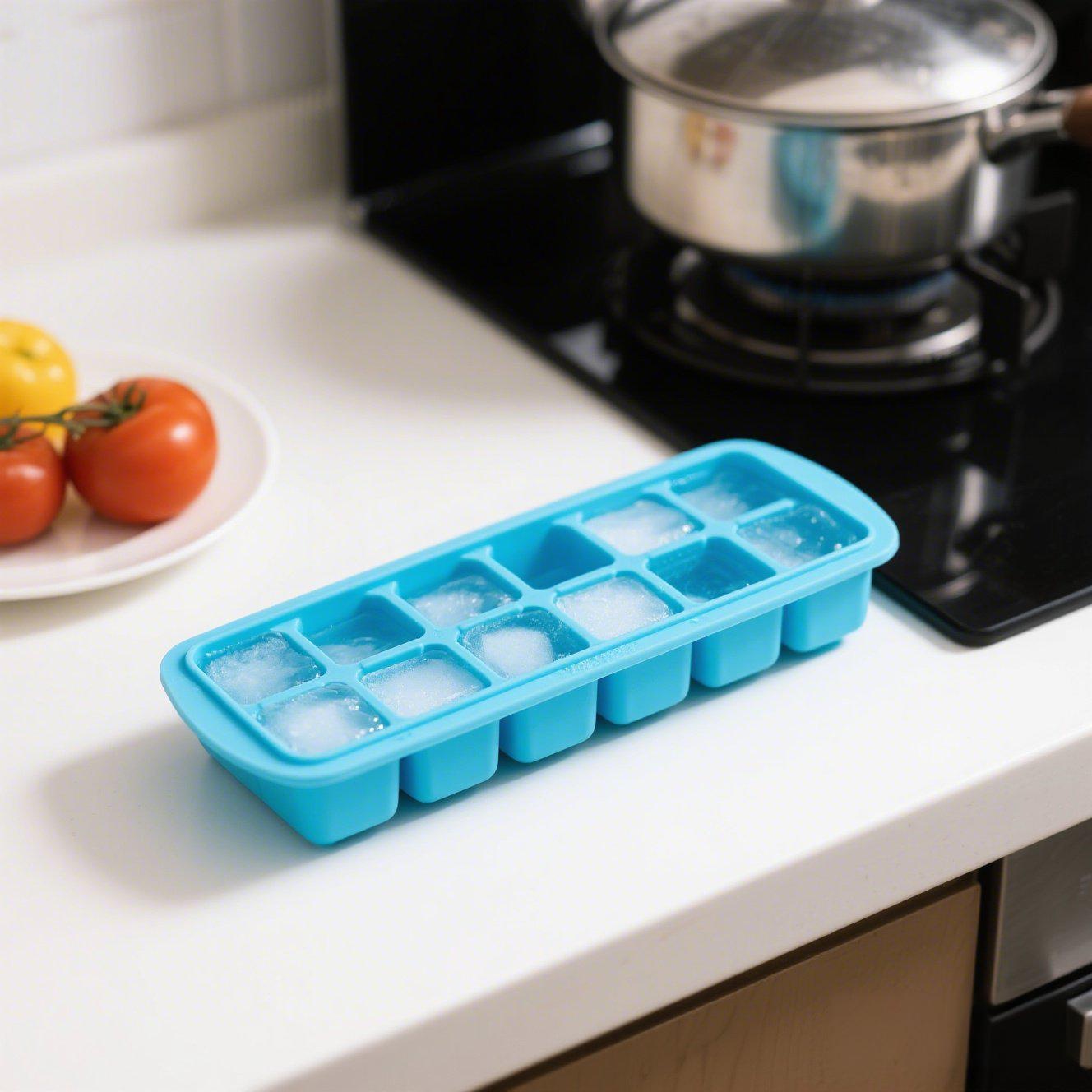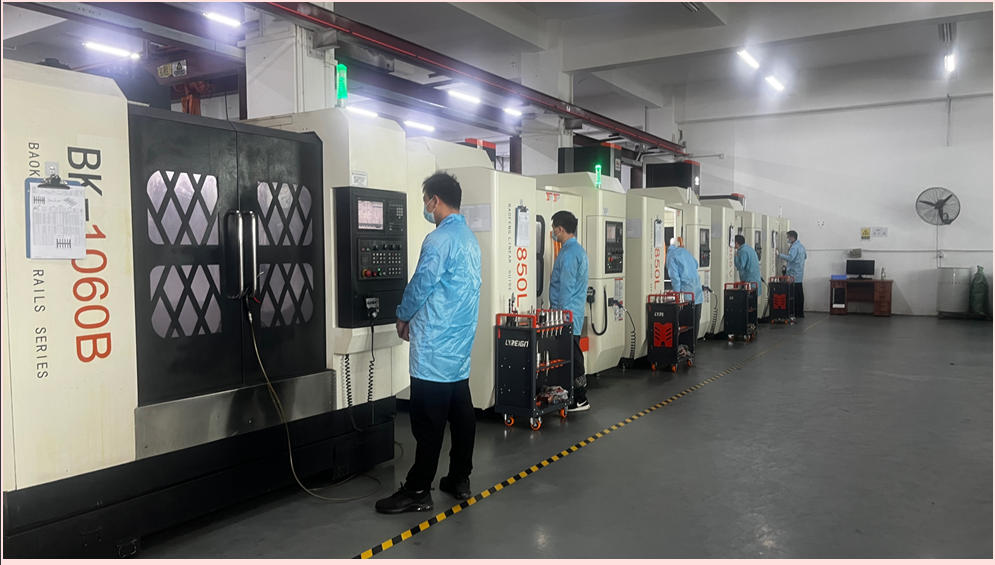Zawartość
Silikonowe zestawy do karmienia niemowląt są najlepszymi przyjaciółmi rodziców, oferując trwałość i bezpieczeństwo dla ich maluchów. Jednak z czasem zestawy te mogą gromadzić niepożądane zapachy, które mogą wpływać na karmienie. W JEWELIVES jesteśmy zaangażowani w dostarczanie rozwiązań, które utrzymają narzędzia do karmienia dziecka w świeżości i czystości.
Zapachy w silikonowych zestawach do karmienia są często wynikiem uwięzionych bakterii lub cząstek jedzenia. Aby skutecznie usunąć te zapachy, ciepło jest wykorzystywane do rozszerzenia porów silikonu, uwalniając uwięzione cząsteczki i umożliwiając dokładne czyszczenie.
![]()
![]()
Metoda pieczenia
Nasi eksperci z fabryki silikonu zalecają pieczenie jako niezawodną metodę usuwania nieprzyjemnych zapachów. Rozgrzej piekarnik do 160°C (320°F) i umieść silikonowe przedmioty na blasze do pieczenia na około godzinę. Proces ten wykorzystuje zasadę rozszerzalności cieplnej, aby otworzyć pory silikonu i uwolnić uwięzione zapachy.
![]()
![]()
Technika wrzącej wody
Szybkim rozwiązaniem może być zagotowanie wody. Napełnij garnek wodą, doprowadź ją do wrzenia, a następnie zanurz silikonowe elementy zestawu do karmienia, upewniając się, że są całkowicie przykryte. Gotuj przez kilka minut, a następnie wyjmij i spłucz ciepłą wodą z mydłem.
Używanie sody oczyszczonej i octu do ekologicznego czyszczenia
Połącz równe części sody oczyszczonej z octem, aby uzyskać pastę. Nałóż pastę na silikonowe elementy i pozostaw na pięć minut. Ta naturalna metoda czyszczenia tworzy łagodny roztwór alkaliczny, który neutralizuje nieprzyjemne zapachy. W przypadku uporczywych zapachów, pozostaw pastę do całkowitego wyschnięcia przed spłukaniem.
Łagodny detergent i regularne pranie
Używanie łagodnego, bezzapachowego detergentu do regularnego mycia silikonowego zestawu do karmienia niemowląt może zapobiec wchłanianiu silnych zapachów z tradycyjnych mydeł do naczyń i zapewnić, że wszelkie zapachy mydła zostaną z czasem wyeliminowane.
![]()
![]()
Niestandardowe silikonowe zestawy do karmienia niemowląt: Klucz do świeżości
W JEWELIVES specjalizujemy się w niestandardowych silikonowe zestawy do karmienia niemowląt które są nie tylko trwałe, ale także zaprojektowane zgodnie z Twoimi specyfikacjami. Nasza fabryka silikonu oferuje szeroki zakres opcji dostosowywania, zapewniając, że zestaw do karmienia dziecka spełnia Twoje unikalne potrzeby i preferencje.
Silikonowe zestawy do karmienia niemowląt są znane ze swojej odporności i bezpieczeństwa. Są łatwe w czyszczeniu, a ich nieporowata powierzchnia jest odporna na plamy i nieprzyjemne zapachy. Silikon jest również doskonałym przewodnikiem ciepła, dlatego ważne jest, aby zawsze sprawdzać temperaturę jedzenia przed podaniem go dziecku.
Konserwacja silikonowego zestawu do karmienia niemowląt
Aby zachować jakość i świeżość silikonowego zestawu do karmienia niemowląt, należy go czyścić po każdym użyciu. Zalecamy czyszczenie miękką gąbką i ciepłą wodą z mydłem. Dokładnie spłucz wszystkie pozostałości mydła, aby zachować silne właściwości ssące zestawu i zapobiec potencjalnemu przeniesieniu smaku.
Wybierz JEWELIVES dla hurtowych silikonowych zestawów do karmienia niemowląt i poczuj różnicę. Nasze zaangażowanie w jakość, dostosowywanie i zadowolenie klientów sprawia, że jesteśmy wiodącym wyborem dla klientów hurtowych poszukujących innowacyjnych i przyjaznych dla środowiska produktów dla niemowląt. Skontaktuj się z nami już dziś, aby dowiedzieć się, w jaki sposób nasze silikonowe zestawy do karmienia niemowląt mogą wzbogacić Twoją linię produktów i zapewnić nowe doznania podczas karmienia maluchów.





